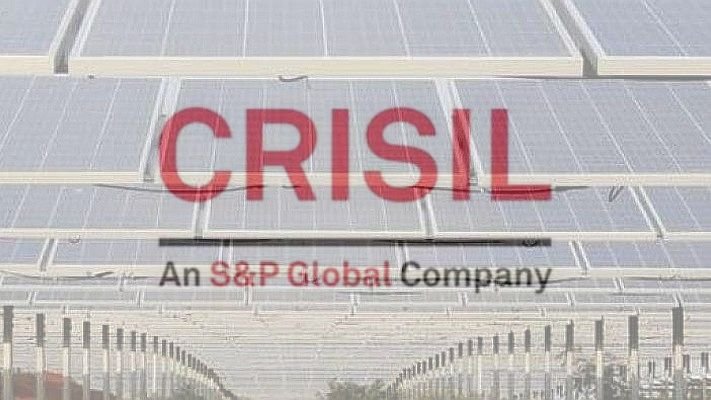India’s solar module manufacturing capacity is set to gallop by almost 400% higher by fiscal 2025, compared with fiscal 2021, with 30-35 GW of fresh module capacity set to be commissioned following strong demand, favorable policies, likely improvement in energy efficiency, and price competitiveness.
According to a CRISIL Ratings analysis of the capex intentions of the top 11 domestic module makers, which together account for 80% of the present effective solar module installed capacity of 8 GW, and some new entrants, this is the case.

The value chain for solar module manufacture begins with polysilicon and/or ingots that are processed into wafers. These wafers are subsequently used to build solar cells, which are ultimately integrated into solar modules.
India has 3 GW of solar cell capacity (primarily for captive manufacture of solar modules) and 8 GW of effective solar module capacity as of March 31, 2021. However, no production capacity for polysilicon and wafers exists at the moment.

Even still, this 8 GW capacity is underutilised by 20% because to the greater cost of domestic modules in comparison to Chinese modules.
Between fiscal years 2022 and 2024, India’s solar capacity implementation is predicted to increase to 14 GW each year, and maybe more, given the country’s strong renewable energy goals.

This will result in an increase in demand for cells and modules. Apart from price competition, developers may choose indigenous modules over imported ones because they have more control over the supply chain and more timely deliveries. Additionally, it will assist developers in mitigating risks associated with recent increases in freight costs.
However, India’s reliance on Chinese enterprises for wafer supply will last a reasonably long time, since India would lack adequate wafer capacity even after the next wave of capex.
This Article is based on CRISIL Report and Press Release






